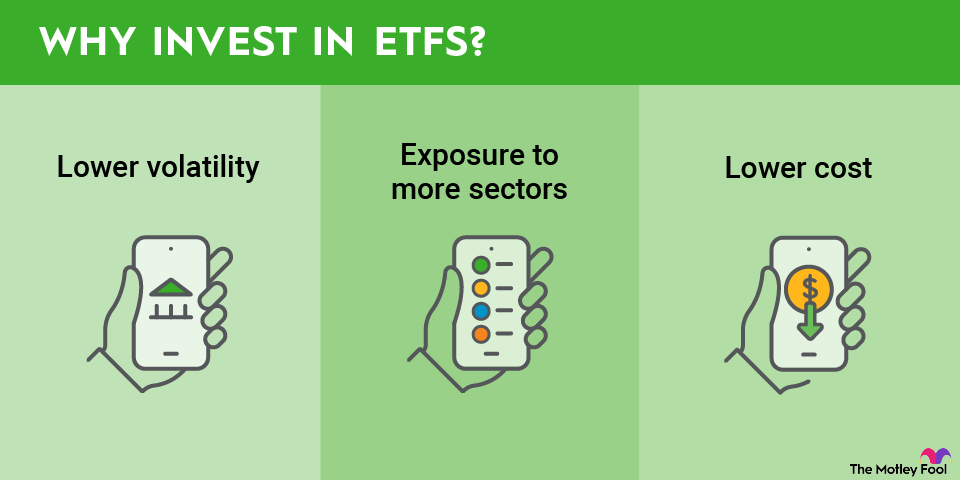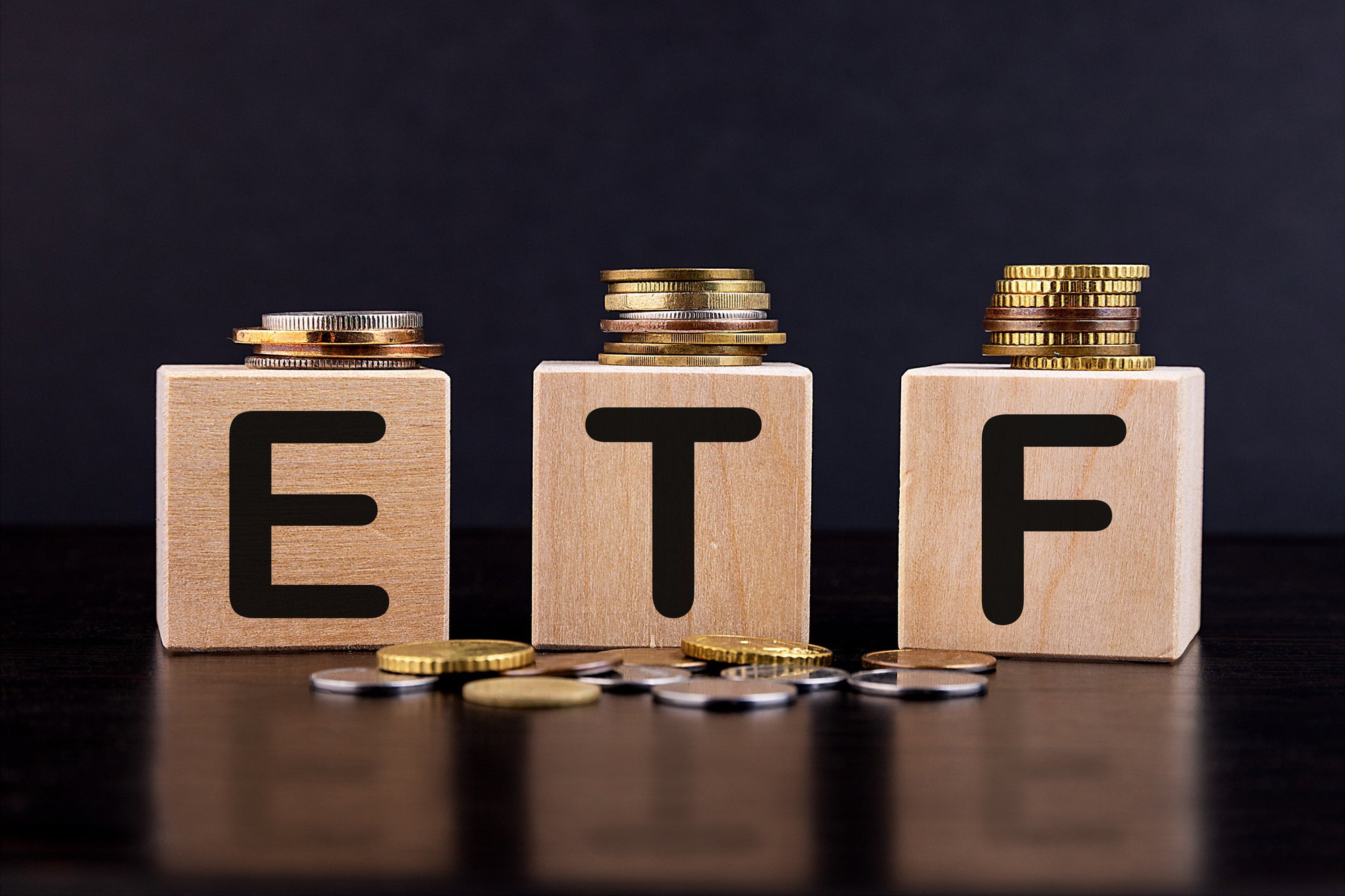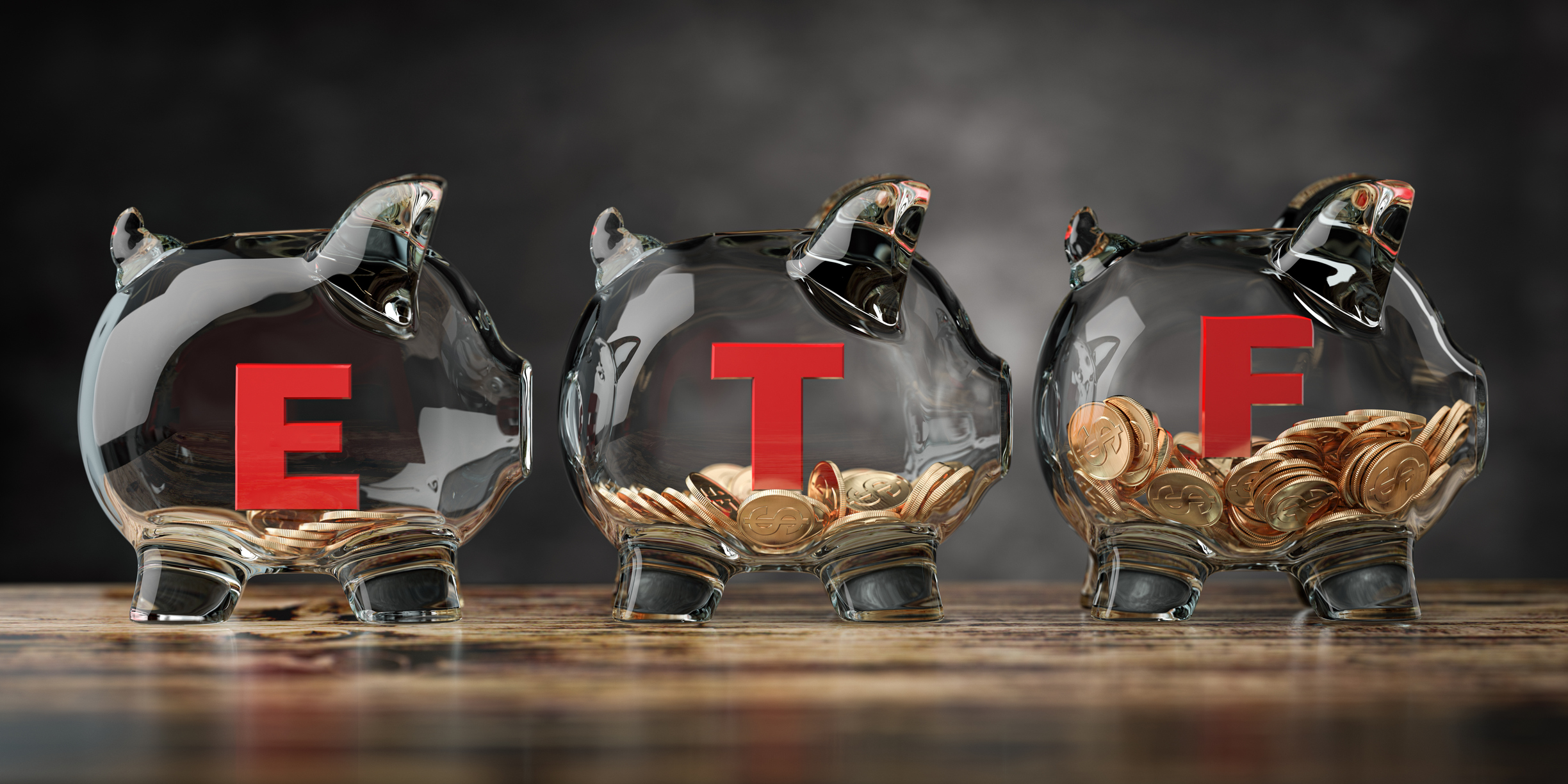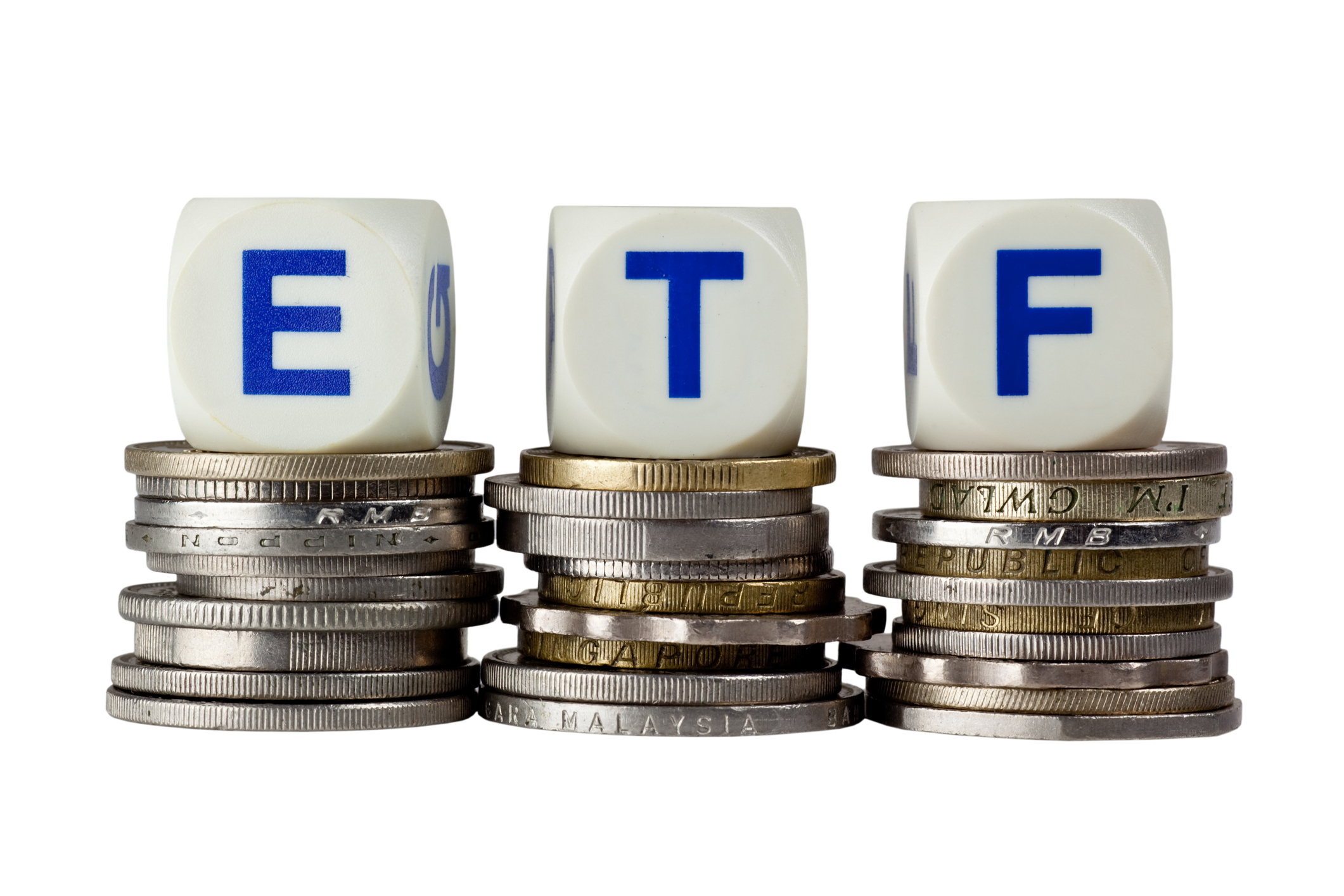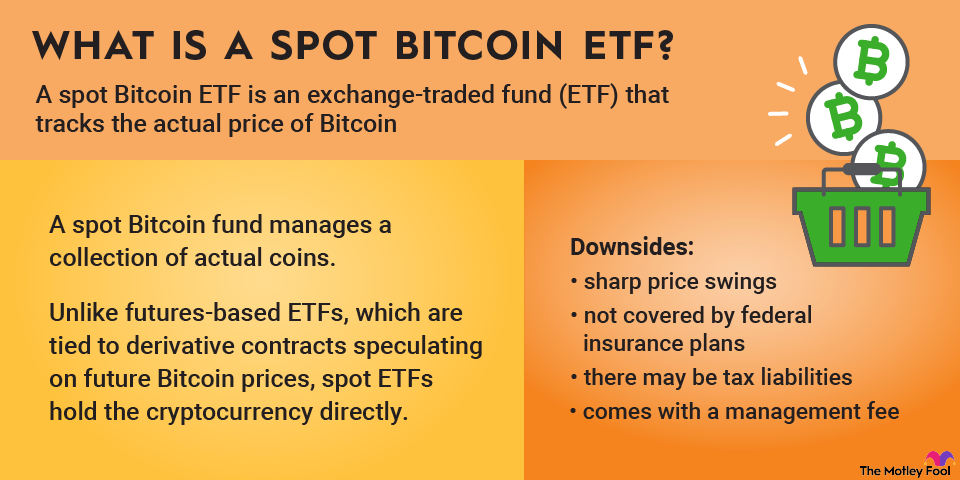
NYSEMKT: KRE
Key Data Points
What is KRE?
SPDR S&P Regional Banking ETF (KRE) is a passive ETF that seeks to replicate the performance and constituents of a benchmark, specifically the S&P Regional Banks Select Industry index.
This index pulls from the broader S&P Total Market index (TMI) and isolates stocks specifically identified as part of the regional banking industry.
One unique aspect of this SPDR ETF is that it weights all of its stocks equally, meaning that regardless of a bank's size, it receives the same weight during each rebalance.
As a result, this regional banking ETF is considered one of the riskier sector-specific funds. It focuses on a narrower industry -- regional banks -- and gives equal weight to more volatile small-cap and mid-cap stocks, increasing the fund's overall risk exposure.
Exchange-Traded Fund (ETF)
How to buy KRE
Buying shares of SPDR S&P Regional Banking ETF (KRE) is similar to investing in most ETFs. Here's a step-by-step guide to get started:
- Open a brokerage account. If you don't already have one, you'll need a brokerage account that allows ETF trading. Most brokers offer this feature, but it's worth checking.
- Decide your investment amount. Based on your financial goals and risk tolerance, determine how much you want to invest in SPDR S&P Regional Banking ETF.
- Search for the ticker. Enter the ticker "KRE" in your broker's search bar to find the SPDR S&P Regional Banking ETF. Make sure you're selecting shares and not any other product, such as options.
- Place your order. Enter the number of shares you'd like to buy, set your price if placing a limit order, and confirm your purchase.
Once your order is completed, you'll own shares of KRE, giving you exposure to its portfolio of regional banks.
Advantages and disadvantages of investing in KRE
One of the biggest advantages of investing in SPDR S&P Regional Banking ETF (KRE) is that it spreads your risk across a wide basket of U.S. regional banks. While any individual bank might fail -- as seen during the 2023 banking turmoil -- the odds of the entire basket going under are much lower.
The ETF also provides targeted exposure at a relatively low cost of 0.35%, especially considering its narrow focus. Investors benefit from an above-average 30-day SEC yield of 2.5% and solid trading liquidity, with a tight 0.02% median bid-ask spread over the past 30 days.
However, investing in KRE comes with higher-than-average volatility. Regional banks tend to be smaller in size, making them more sensitive to interest rate changes and localized economic conditions. The sector is also particularly vulnerable during banking crises, where sharp and prolonged drawdowns can occur with little warning.
Another drawback is KRE’s lack of exposure to the larger, more diversified national banks, which may be better positioned to weather economic shocks or benefit from broader macro trends.
Should I invest in KRE?
KRE could be a suitable investment if:
- You're bullish on the regional banking sector.
- You want more exposure to small-cap stocks through equal weighting.
- You're OK with a concentration in a specific industry.
- You understand the high volatility of regional banks.
- You're comfortable with the possibility of extended and deep unrealized losses.
- You prefer to stay diversified across the industry rather than picking individual regional banks.
If these align with your investment strategy, SPDR S&P Regional Banking ETF may be a good fit for your portfolio. If not, it might not be the best ETF for you.
Does KRE pay a dividend?
Many regional banks offer generous dividend yields, and as a result, this SPDR ETF collects these dividends and pays them out to shareholders on a quarterly basis.
As of July 3, 2025, SPDR S&P Regional Banking ETF had a 30-day SEC yield of 2.5%, though this yield can fluctuate based on changes in the ETF's price and the underlying bank dividends.
30-Day Yield
What is KRE's expense ratio?
The expense ratio is the annual fee charged by an ETF to cover its management and operational costs. It's calculated as a percentage of your total investment and deducted from the fund's returns over time, so while you don't pay it directly, it affects your overall returns.
KRE's expense ratio is 0.35%, which means you'll pay about $35 per $10,000 invested annually. This fee is typical for a sector or industry-specific ETF like this SPDR ETF.
Expense Ratio
Historical performance of KRE
Here's how SPDR S&P Regional Banking ETF has performed historically based on total returns (i.e., with dividends reinvested):
ETF | 1-Year | 3-Year | 5-Year | 10-Year |
|---|---|---|---|---|
KRE (Market) | 19.64% | -1.07% | 11.47% | 5.58% |
KRE (NAV) | 19.79% | -1.06% | 11.48% | 5.58% |
Related investing topics
The bottom line on KRE
SPDR S&P Regional Banking ETF (KRE) is best used as a specialized satellite holding in your portfolio, complementing a more broadly diversified core of long-term, broad-market ETFs. It's suitable for expressing a bullish view on the regional banking industry or can be sold short to hedge against another crisis like the one in 2023.
While it pays a decent yield, most dividend-focused investors may prefer a more diversified option for consistent income generation over a sector-specific ETF like KRE.












